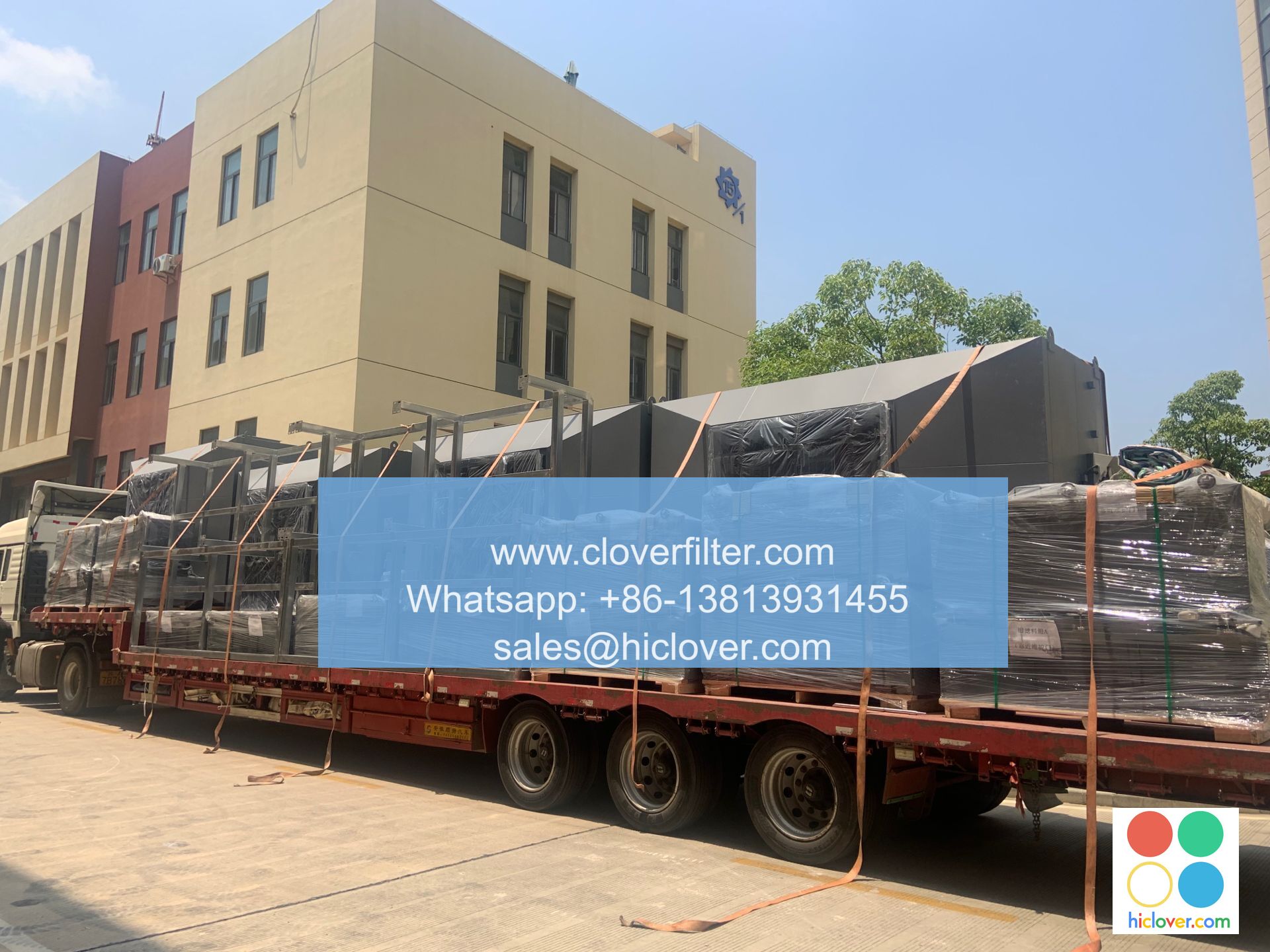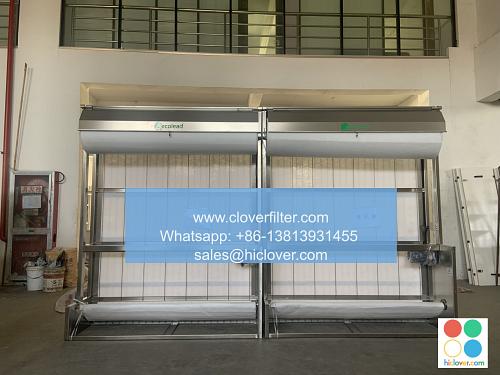Air Filter Parts for Outdoor and Indoor Use: What’s the Difference?

Air Filter Parts: What’s the Difference for Outdoor and Indoor Use?
Introduction
Air filters are an essential component in both outdoor and indoor settings, playing a crucial role in maintaining air quality and preventing damage to equipment and buildings. While both types of air filters share similar components, there are key differences between outdoor and indoor air filters, dependent on the specific application and environmental conditions. In this article, we’ll explore the differences between air filter parts for outdoor and indoor use, highlighting various application areas.
Components of Air Filter Parts
Before delving into the differences between outdoor and indoor air filters, it’s essential to understand the common components found in air filter parts:
- Fibers: The primary material used in constructing air filters, fibers can be made from various materials, such as polyester, glass, or cotton.
- Frame: The structural component that supports the filter medium and helps maintain the filter’s shape.
- Gaskets: Seals or gaskets used to secure the filter in place and prevent air leakage.
- Housing: The outer casing that contains the filter medium and frame.
- Outdoor Air Filters: Designed for harsh weather conditions, outdoor air filters are made to withstand extreme temperatures, humidity, and exposure to the elements. They are typically constructed with:
- Rugged frames to withstand wind, rain, and sunlight.
- Weather-resistant materials, such as corrosion-resistant coatings, to prevent damage from moisture and UV rays.
- Increased durability and longevity to withstand the rigors of outdoor use.
- Indoor Air Filters: Designed for controlled environments, indoor air filters are constructed with:
- Sensitive materials, such as mildew-resistant fibers, to prevent allergy-inducing particles from accumulating.
- Compact frames and square or rectangular shapes to fit into tight spaces.
- Reduced dust accumulation and improved airflow for efficient air circulation.
- Industrial Applications: Outdoor air filters are commonly used in industrial settings, such as power plants, manufacturing facilities, and oil refineries, to capture large amounts of dust and debris.
- Commercial Settings: Indoor air filters are used in offices, restaurants, and cinemas to maintain a comfortable and healthy indoor environment.
- Residential Applications: Both outdoor and indoor air filters are used in residential settings, such as homes and apartments, to capture allergens, dust, and pet dander.
Differences Between Outdoor and Indoor Air Filter Parts
While air filters share the same basic components, the construction, materials, and design vary depending on the application:
Application Areas
Air filters are used in various settings, each requiring specific design and construction considerations:
Conclusion
In summary, air filter parts for outdoor and indoor use exhibit distinct differences in design, construction, and materials, dependent on the specific application and environmental conditions. Understanding these differences is crucial for selecting the right air filter for a particular setting, ensuring optimal performance, air quality, and equipment longevity. Whether you’re in the industrial, commercial, or residential sector, choosing the right air filter parts can make all the difference in maintaining a clean, healthy, and efficient indoor or outdoor environment.
I’m here to help! What would you like to talk about or what task would you like me to assist you with?

